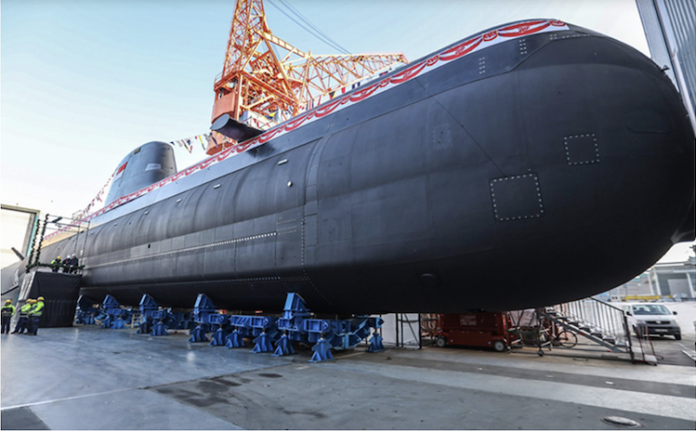By Tom Lewis*
The Navy of Singapore is the most advanced force in South-East Asia. Tiny by comparison with its near neighbours, it nevertheless is the most capable in terms of efficiency. When a Republic of Singapore Navy launches a missile, it launches and goes bang when it should.


